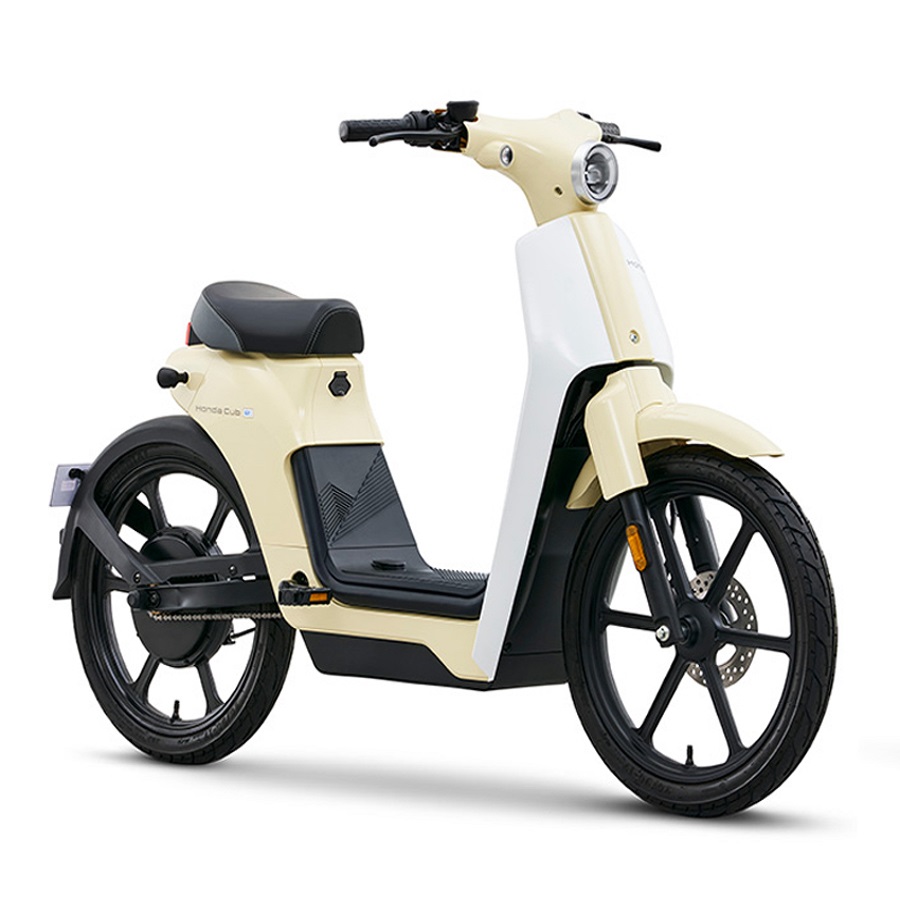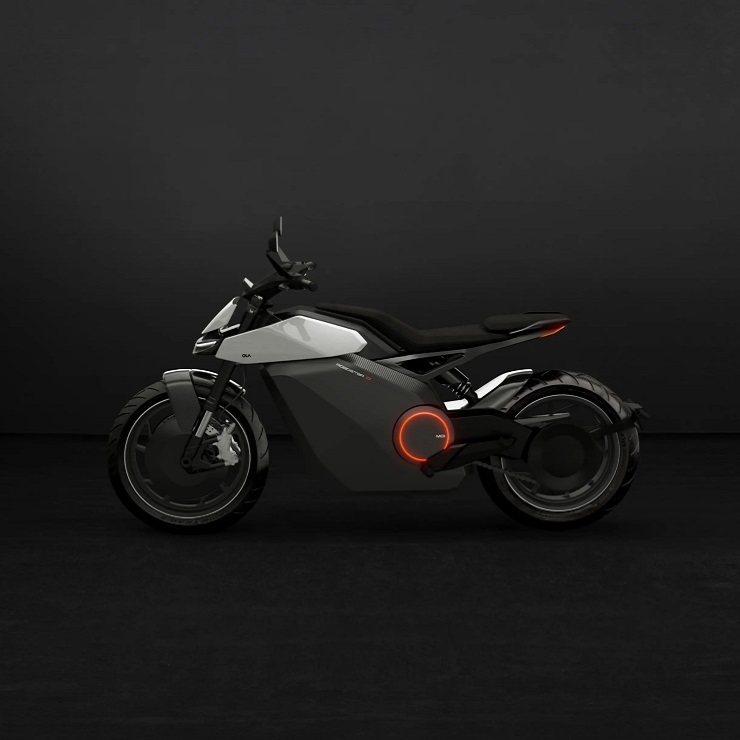In recent years, the debate between electric motorcycles and gas-powered motorcycles has intensified, fueled by growing environmental concerns, technological advancements, and changing consumer preferences. As cities become more congested and air quality declines, many riders are considering the advantages of electric motorcycles. On the other hand, traditional gas motorcycles continue to have their loyal following. This article will explore several facets of electric motorcycles vs gas, including performance, environmental impact, cost, maintenance, technology, and future trends.
Performance: Speed and Range
Power Delivery
One of the most critical aspects of performance in electric motorcycles vs. gas-powered options lies in their power delivery. Electric motorcycles are powered by electric motors that provide instant torque, making acceleration incredibly smooth and swift. Riders often report that electric motorcycles have a thrilling and almost seamless power band, as the torque curve is not hindered by the need for gear changes.
Gas motorcycles, meanwhile, rely on internal combustion engines which have a power band that is more characteristic of a torque curve that requires gearing. This can sometimes lead to a more variable riding experience, especially in terms of acceleration. For example, as a rider comes out of a corner, they must consider which gear they are in to maximize performance, while an electric motorcycle rider can simply twist the throttle for immediate response.
Speed and Range
Speed is another significant difference in the electric motorcycle vs. gas debate. Many performance-oriented gas motorcycles can achieve higher top speeds, often exceeding 150 mph. Electric motorcycles are also catching up, with brands like Lightning and Zero producing models that reach comparable or even higher speeds — such as the Lightning LS-218, which claims a top speed of 218 mph.
However, range—a common concern for potential electric motorcycle buyers—starts to favor gas motorcycles. Most gas motorcycles can travel between 150 and 300 miles per tank, depending on tank size and economy. On the contrary, electric motorcycles tend to have a range of about 60 to 200 miles per charge, depending on battery capacity. Charging infrastructure is improving, but the convenience of swiftly refueling at a gas station still gives gas motorcycles an edge in long-distance touring.
Environmental Impact: A Cleaner Option?
Emissions
When discussing electric motorcycles vs. gas, the environmental impact emerges as a significant consideration. Electric motorcycles produce no tailpipe emissions, contributing to improved air quality in urban areas. This characteristic appeals to eco-conscious riders who want to reduce their carbon footprint. The rapid advancement of battery technology means that the environmental impact of sourcing and disposing of batteries continues to decrease, though it remains a point of concern.
Gas motorcycles, on the other hand, rely on fossil fuels, contributing to greenhouse gas emissions and air pollution. While new models are increasingly designed to be more efficient, nothing can match the zero-emission status of an electric vehicle. The overall impact of gas motorcycles is growing less favorable, particularly in densely populated areas where air pollution is a pressing issue.
Energy Source
Another factor influencing environmental considerations is how the electricity is generated. In many regions, electric motorcycles still rely on grids powered by fossil fuels, which can mitigate some of the environmental benefits. However, the ongoing global transition to renewable energy sources like wind, solar, and hydroelectric power helps improve the overall sustainability of electric motorcycles as the energy mix shifts to cleaner sources.
Cost Analysis: Initial Investment and Long-Term Expenses
Purchase Price
In the electric motorcycle vs. gas debate, the initial purchase price merits attention. Generally, electric motorcycles tend to have a higher upfront cost compared to their gas counterparts. This higher price can be attributed to the expensive battery technology and the lower volume of production, as electric motorcycles are not yet as mainstream as gas-powered ones.
Gas motorcycles, especially entry-level models, can often be found at a lower price point, making them more accessible for new riders. It should also be noted that electric motorcycles are seeing expanding offerings in the lower price segments, which could narrow this gap in the future.
Long-Term Costs
While the upfront cost of electric motorcycles typically exceeds that of gas motorcycles, the long-term expenses tell a different story. Maintenance costs for electric motorcycles are generally lower because they have fewer moving parts and do not require oil changes, fuel filters, spark plugs, and other components found in gas engines. This means electric motorcycles can be less costly to maintain over time.
Gas motorcycles often come with additional costs associated with fuel, which can fluctuate frequently. Moreover, the diminishing supply of fossil fuels may lead to increased gas prices in the future, adding to the long-term ownership cost of gas motorcycles. Insurance and registration fees may also vary depending on the type and model of motorcycle, though this can be a wash between the two types.
Maintenance: Ease of Upkeep
Complexity
When comparing the maintenance required for electric motorcycles vs. gas motorcycles, it’s crucial to note their complexity. Electric vehicles generally have fewer components that could lead to degradation over time. The simplicity of electric motors makes them easier to maintain and repair, further reducing ownership burdens.
Gas motorcycles often require more frequent servicing to ensure their engines are running smoothly. This includes oil changes, valve adjustments, and periodic replacement of fuel and air filters. Riders must consider these additional maintenance factors when deciding between electric and gas options.
Longevity and Reliability
The reliability of electric motorcycles has significantly improved, with many models boasting impressive warranties and battery life spans. Some manufacturers are providing warranties that cover 100,000 miles of battery use, showing confidence in the longevity of their products. Gas motorcycles also have proven reliability, but they generally require more frequent interventions to assess and maintain their mechanical health.
Technological Advancements: Smart Features
Connectivity
Advancements in technology have made electric motorcycles stand out in practical ways. Many modern electric motorcycles come equipped with smart features such as mobile app integration, GPS navigation, and various riding modes. These features enhance the riding experience and allow for personalized adjustments to fit a rider’s preferences.
Gas motorcycles are beginning to catch up, with some models incorporating advanced electronics for fuel management and performance metrics. However, the more rapid technological advancements in electric motorcycles provide them with a leg up in this category.
Charging Technology
Charging technology continues to innovate alongside electric motorcycles. Many manufacturers are exploring faster charging options that can replenish batteries within a short window, consequently reducing range anxiety for riders. Level 3 fast chargers can provide substantial battery life in just under an hour, making longer trips more feasible.
Gas motorcycles have the advantage of almost instantaneous refueling. Despite that, the overall direction of charging infrastructure development points toward making electric motorcycles more viable for long-distance travel in the near future.
 Rider Experience: Community and Culture
Rider Experience: Community and Culture
A New Wave of Riding
The dynamics of riding culture are influenced by the differences between electric motorcycles and gas motorcycles. The electric motorcycle community often embraces innovation and sustainability. Riders are drawn to the environmentally friendly aspects of electric machines and express that passion through events and meet-ups, fostering a unique community.
Gas motorcycle culture, on the other hand, has deep-rooted traditions and an established community fostered by decades of history. Many riders enjoy the mechanics of engine sounds, customization, and the nostalgia tied to gas motorcycles. The sensory experience of riding a gas-powered bike remains difficult to replicate with electric motorcycles, which tend to be quieter and more subdued.
Customization Options
While custom gas motorcycles have a long history, with an extensive aftermarket scene, electric motorcycle customization is just beginning.
As technology evolves, the opportunities for electric motorcycle customization and community will also grow, creating more space for personal expression within the electric riding community.
The Future of Two-Wheeled Transportation
The future of electric motorcycles vs. gas motorcycles remains uncertain but is evolving rapidly. As cities aim to reduce emissions, electric motorcycles may gain more ground, supported by governments offering incentives to promote adoption. Increasing research and development will improve battery technology, reduce costs, and enhance infrastructure, also helping to bridge the gap in range and charging times.
Meanwhile, gas motorcycles will likely continue to maintain a loyal following, particularly in regions where recreational riding is popular and where enthusiasts value the traditional aspects of gas-powered bikes.
The transition to electric motorcycles is likely to be gradual rather than abrupt, leading to a future where both technologies coexist. As manufacturers continue innovating and evolving models, consumers will have the opportunity to choose models that best fit their lifestyles and values.
Conclusion: Electric Motorcycle vs. Gas
In the debate of electric motorcycle vs. gas motorcycles, each option brings unique advantages and disadvantages. Performance, environmental impact, cost, maintenance, technology, and community aspects are all crucial factors that riders must consider when making their decisions. While electric motorcycles offer cutting-edge technology and zero emissions, gas motorcycles continue to appeal to traditionalists and performance enthusiasts.
Ultimately, as the motorcycle world evolves, individuals need to assess their requirements, values, and riding experience to determine which option is better for them. Different strokes for different folks—a mantra that will remain true as the landscape of two-wheeled transportation continues to change.


